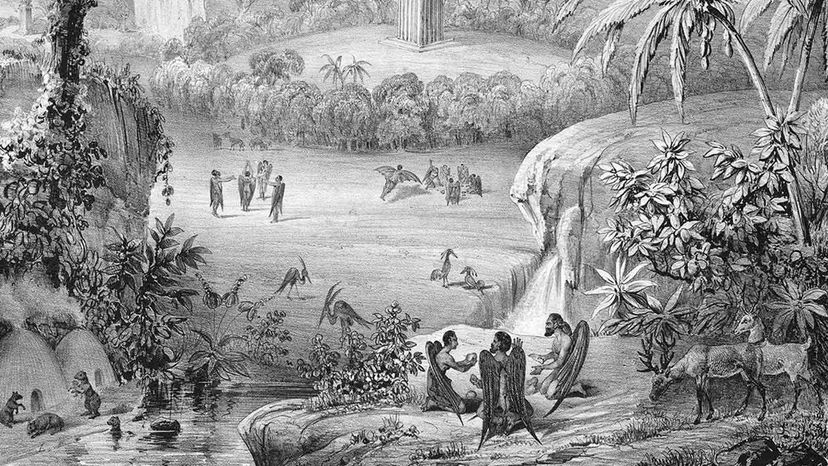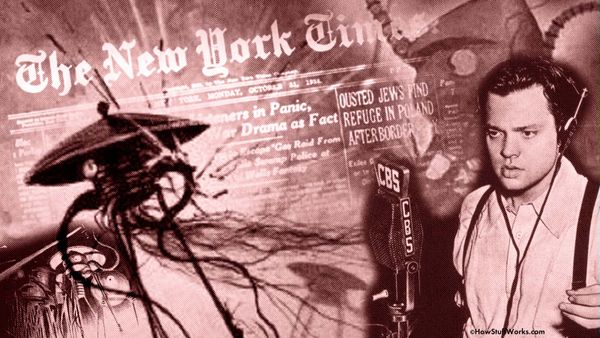
On Aug. 25, 1835, The New York Sun ran the first in a series of newspaper articles describing scientific findings from the moon. Known as "The Great Moon Hoax," the articles were supposed to have been reprinted from the Edinburgh Journal of Science and written by Dr. Andrew Grant, a colleague of the famous astronomer Sir John Herschel. The series featured some of the most popular articles the New York newspaper had ever printed at the time, and people clamored to read about the breaking scientific news of the day.
The articles describe Herschel, who had traveled to Capetown, South Africa, in January 1834 to set up an observatory with a powerful new telescope. Grant's writings suggested that while in South Africa, Herschel had found evidence of life on the moon, including unicorns, two-legged beavers and humanoids that "average four feet in height, were covered, except on the face, with short and glossy copper-colored hair, and had wings composed of a thin membrane, without hair, lying snugly on their backs."
Advertisement
The articles also described the moon's geography as having massive craters, amethyst crystals, flowing rivers and lush vegetation.
The problem? The articles were completely fake. Grant didn't exist, neither did the Edinburgh Journal of Science. It stopped publication years earlier. And the findings printed had no basis in scientific fact.
But the stories of supposed life on the moon captured the imaginations of the people from one end of the U.S. to the other. Newspapers couldn't print them fast enough. Artists set out to recreate the images spoken of in the articles.
People believed the stuff. And why wouldn't they? But readers weren't supposed to because the real writer never intended them to. The true author wrote the articles as satire pieces, similar to those you find in today's popular satire columns and sites, like the Borowitz Report and The Onion.
These articles were likely written by Richard Adams Locke. Locke was a reporter at the time for The Sun who worked meticulously to make people believe the moon stories, dropping items in the paper beforehand and establishing the unquestionable scientific reputation of those involved (Sir John Herschel, for example). Then, he printed the articles, allowing them to grow in their absurdity.
But when papers were being reprinted all over the country and the world, Locke and The Sun finally had to come clean and on Sept. 16, 1835, they finally admitted it was all a hoax.
So while we are certainly living in the day of disinformation and "fake news," maybe you can feel better knowing that readers have been tricked into believing words in print for a long time, even if the writers behind the words were merely trying to have fun.
Advertisement


